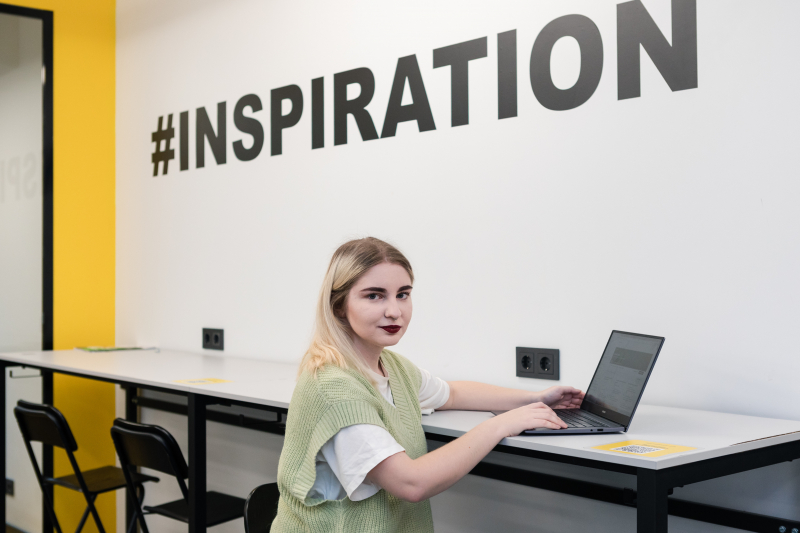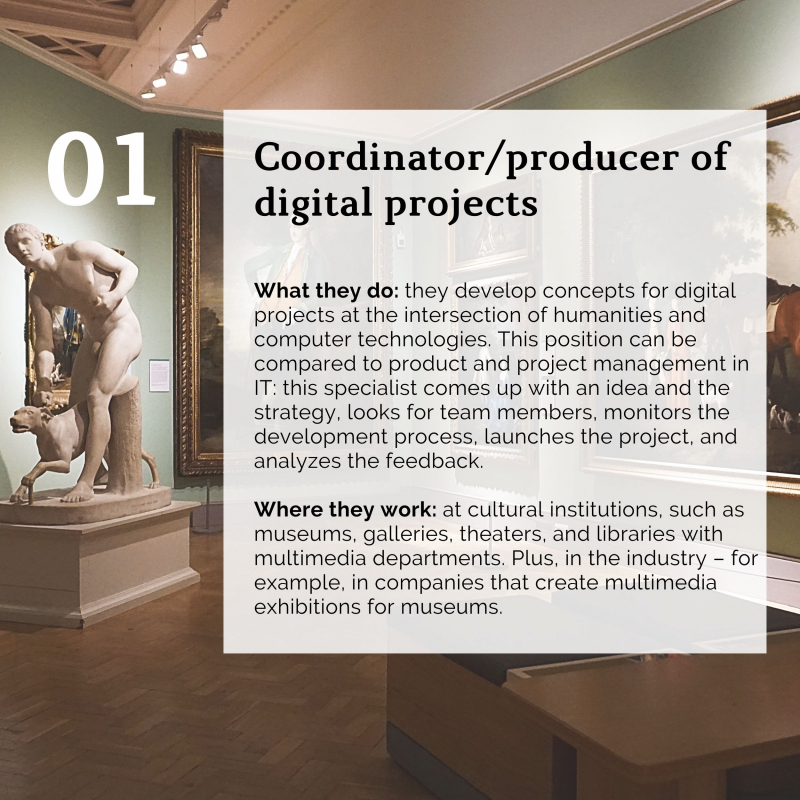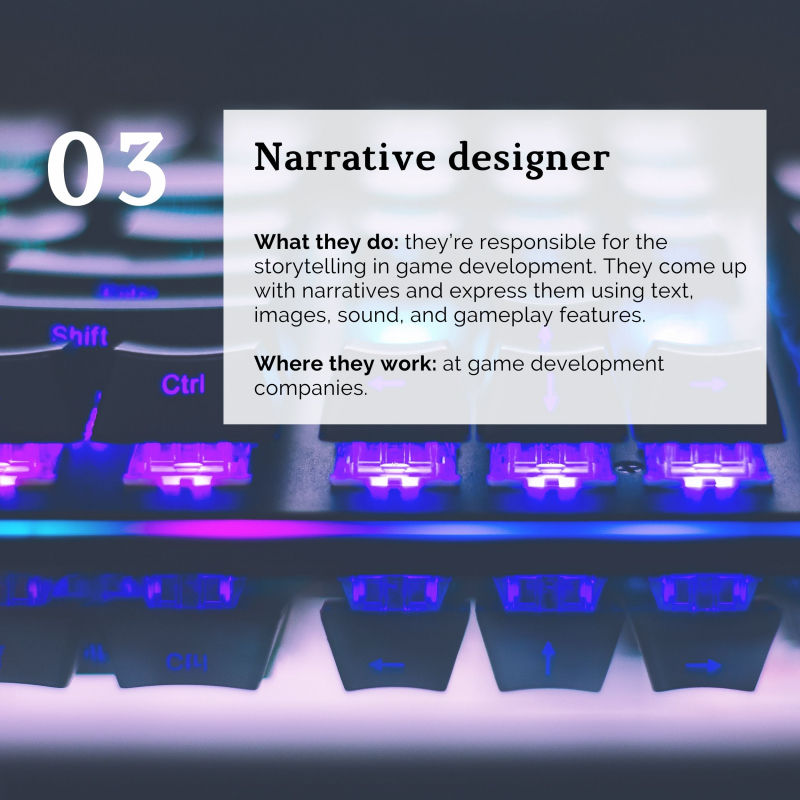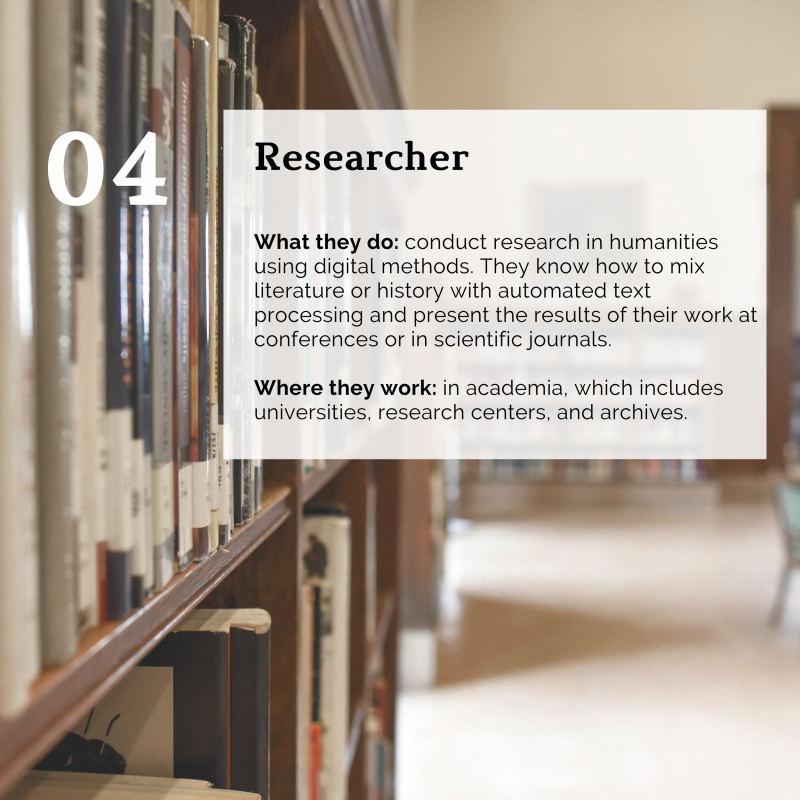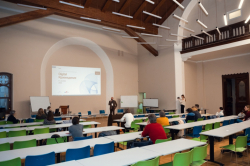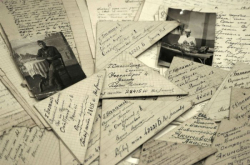What is digital humanities?
It’s nearly impossible to give one specific explanation of what digital humanities is. There’s even a website with hundreds of possible meanings of this term. Generally speaking, digital humanities is a research field at the intersection of computer sciences and humanities. This means that methods of history, linguistics, literary studies, and other fields of humanities get mixed with information technologies and, as a result, create new tools and opportunities for data collection and visualization, as well as information search, intelligent data analysis, and applications of mathematical statistics appear.
Why should we mix humanities and technologies?
Thousands of manuscripts used to be stored in archives and were only available for the chosen few. The number of historical and literary documents increased so much over time that it’s impossible to study them all manually. That’s why we digitize and mark them, as well as add tools for intelligent search. Other cultural artefacts and works of art get digitized too and now you can see them in detail without leaving your home. Huge amounts of data, as well as the need to store, analyze, and present it in a new way, lead humanities researchers to acquire new skills – data analysis, data science, text mining, network analysis, and geoinformatics.
The Next Rembrandt project analyzed 346 paintings made by Rembrandt and created a new one based on this data.
So digital humanities is a brand-new field?
Of course, literary and historical data had been analyzed before, and linguists had worked with text corpuses and statistics. However, as information technologies developed, new IT tools and methods appeared, and the capacity for information storage and processing increased, new horizons were opened for research in humanities. That’s when digital humanities as a field formed.
What exactly do digital humanities specialists do?
Digital humanities is an interdisciplinary field of studies, so it’s easier to work in teams consisting of members with different competencies. In DH, there are few singular researchers. Typically, programmers, text mining specialists, UX designers, linguists, historians, journalists, and other specialists work together. They create interactive maps, social networks of famous authors, 3D models of ancient countries, and complex digital projects for museums and libraries.
What are digital humanities projects like?
Among DH projects are websites, mobile apps, and media projects aimed at a wide audience. For example, even if you’re not into the history of the House of Habsburg, Japanese literature, or neoclassicism, you can still check out projects on them and learn more about art, literature, and history. Plus, you can do so in a user-friendly way, without having to read hundreds of pages.
The Map of History project headed by Mikhail Zygar is one such example. It’s a documentary game that allows users to become participants of key events of the 20th century. Every week of 2018, the project team published an episode supplemented by infographics that helped visitors immerse themselves into a historical period. During one year, the authors managed to cover the years 1920-80s of Soviet history.

One of the series of the Map of History. Credit: kartaistorii.ru
Another example of a popular science project is Tolstoy Digital, a semantic markup version of Leo Tolstoy’s books: not only words, but their meanings, facts, dates, quotes, connections, and context are all marked there. This helps create an additional layer of text comprehensible for the computer – markup tags. Thanks to it, the text becomes a database which you can browse and look for answers to complex questions.
There are more specialized projects meant for researchers in a specific field – they help look for information, classify diverse sources, and find similarities.
One of such projects is The Tale of Igor's Campaign’s parallel corpus of translations, a digital tool for comparative text analysis that helps compare different translations of this famous ancient literary source. The database includes over 90 translations to modern Russian and at least 30 more texts haven’t been digitized yet.
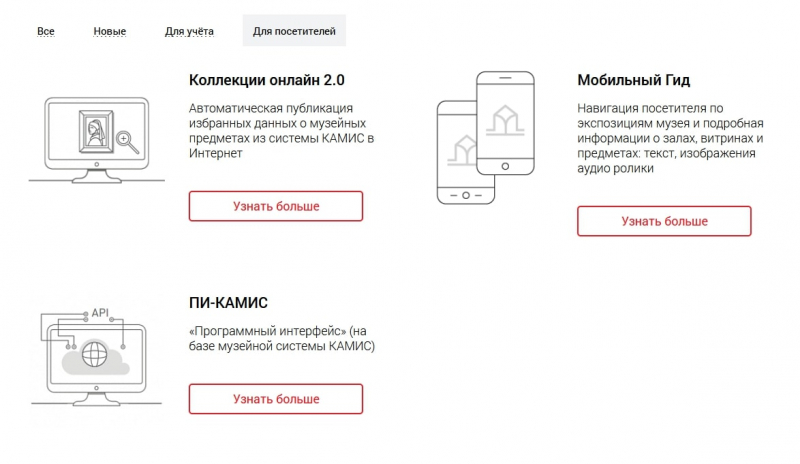
Opportunities offered by Kamis to museum visitors. Credit: kamis.ru
Kamis, a system for museums, can be called a digital humanities project as well. Its modules help introduce staff members from various departments to the creation of a unified database.
Overall, according to Antonina Puchkovskaiia, PhD, head of the International Digital Humanities Center, there are projects for all target audiences in digital humanities. New media, multimedia projects, interactive services and maps, databases, immersive museum tours – all this is done by specialists in digital humanities.
Are specialists in digital humanities in demand on the job market?
This market is still being formed but even today, there are professions related to digital humanities.
Where do you learn how to do that?
ITMO University offers a project-oriented Master’s program in digital humanities taught both in Russian and English.
Antonina Puchkovskaiia emphasizes that this program is for everyone who would like to work on projects at the intersection of humanities and digital technologies. That’s why there’s no strict line between humanities and STEM students.
“Students that join our program are very different and we’re proud of that. Any person who wishes to implement their project can become our student. We’re focused on projects and this means that we consider the demands of our students and the industry. One of the ways to enter the program is to come up with a project and acquire the skills necessary for its implementation during the studies. We help choose courses and optional subjects individually, assign a consultant to each student, and create an environment for communication that helps create project teams,” she says.
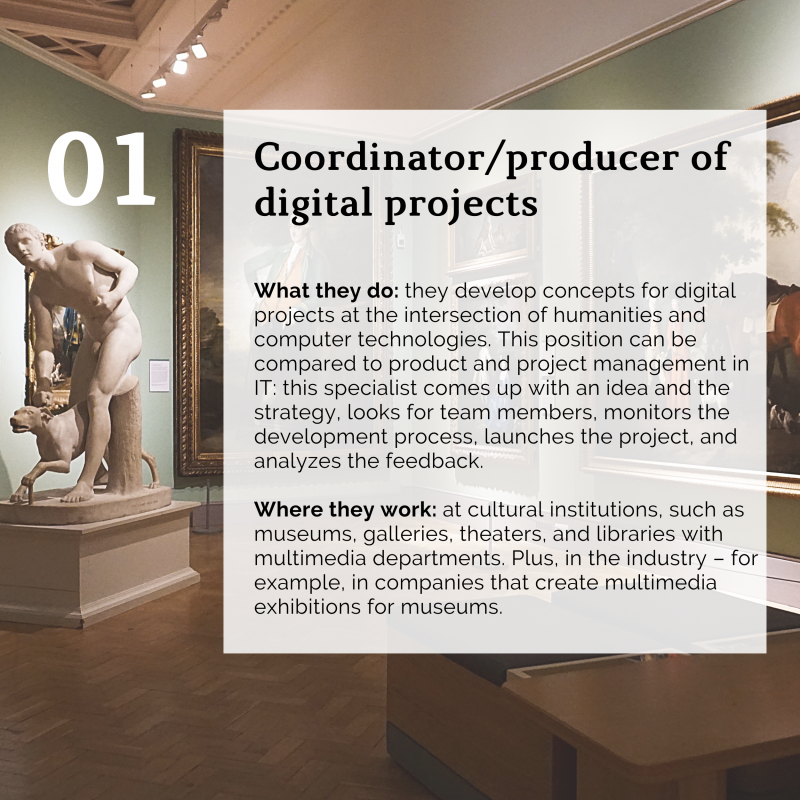
Antonina Puchkovskaiia. Photo by Dmitry Grigoryev, ITMO.NEWS
For instance, Karina Agafonova, a second-year Master’s student, got into digital humanities after being engaged in internet communications, when she realized that as a professional linguist she wasn’t really interested in translating from English, German, and Hungarian and instead wanted to expand her horizons.
“I took a gap year after my Bachelor’s studies before enrolling into this Master’s program. I have a classic training in the humanities, but I soon realized that I didn’t want to be a translator. On one hand, I liked my field, but on the other, I wanted to slightly shift my specialization and acquire some additional competencies. That’s why I consciously chose to enroll into the program in digital humanities,” says Karina Agafonova.
Karina is currently working on several projects with cultural institutions and presents her research at conferences. One such experience was her project that grew out of the task in a course on data mining. In a team, Karina analyzed a community of sci-fi fans based on the data form Fantlab, one of the oldest Russian bibliographical websites for science fiction in its broadest sense, as well as related genres, such as magical realism, horrors, gothic prose, and others.
Using the data from the website, the team tried to create an image of a typical sci-fi reader. To achieve this, the researchers analyzed users’ gender and age, their book ratings and comments, as well as created clouds of the most popular words in book summaries using mathematical modeling to later juxtapose these clouds to those of a specific literary genre. Photo by Dmitry Grigoryev, ITMO.NEWS
The resulting conclusions were quite surprising. For instance, the word war was the most often used one for describing utopias.
“My main and crucial takeaway from my Master’s studies was realizing my opportunities. For example, having mastered Python and data mining, I now understand where and how I can use these tools, where to look for data, and what kind of specialists I will need to implement a particular idea. This way, I can be a product or project manager and bring an idea to life,” says Karina Agafonova.
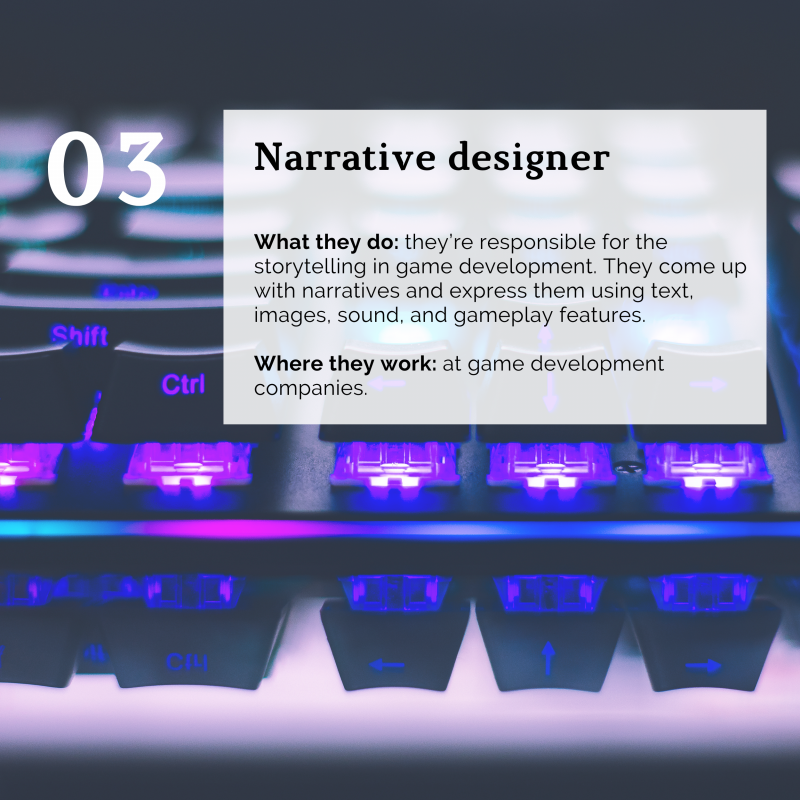
Karina Agafonova. Photo by Dmitry Grigoryev, ITMO.NEWS
Training at the program
The program features two tracks:
-
Curatorship of Digital Projects (in Russian and English)
-
Internet Studies (in English)
The track determines not only the structure of training but also the type of the final thesis. Within the first track, students may defend DH projects – with a description of the whole pipeline starting from the concept and target audience and up to the presentation of the main functionality. Another option is to present a working product or its prototype with a specific cultural institution serving as its customer.
Students in the second track may defend a classic research study that can also become the basis of a research publication. The program’s main fields of studies are: digital technologies for preservation and broadcast of cultural heritage, mediapoetry and digital literature, narrative design, gamification, data visualization, AI, and big data.
In both tracks, students will be developing their projects guided by research and technological supervisors, who are industry specialists or representatives of cultural institutions.
Classes in digital humanities
Master’s students start working with cultural data from its collection and storage to interpretation, visualization, and distribution. To this aim, they get to acquire the necessary technical skills, including coding in Python, data mining, working with databases, and web development.
At the same time students learn to work with projects – develop a concept, expand an idea, determine the target audience, assemble a team, and control a product on all stages.
According to Antonina Puchkovskaia, classes are held in different formats. For instance, lectures on theory are pre-recorded, so that students can listen to them at any time they find convenient. And after covering the lecture and getting through all the additional materials, students can come for an in-person class to discuss this information and ask any remaining questions to the lecturer. Such in-person classes follow the flipped classroom model, so that students can actively engage in a discussion instead of simply listening to a teacher.
Some of the practical courses are optional. So, for instance, if you are already comfortable with coding in Python, but you’d like to get additional training in web development, you don’t have to take both of these courses and can only choose the one you need.
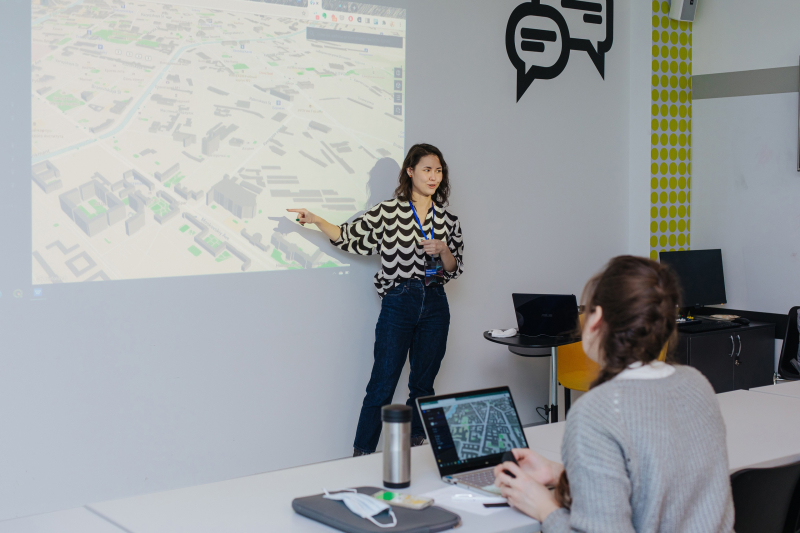
DH Week at ITMO, an event aimed to promote and popularize digital humanities. Credit: vk.com/dhcenter
Practical training
Practical training takes center stage from the first days at the program. That’s why right from the start students get to meet the main participants of the digital humanities market – cultural institutions and various companies that can suggest a specific project or help students bring their own ideas to life.
“Practical training is at the heart of our program, because they are ongoing during all four of its semesters. Starting from the first semester, we explain to our students that they’ll be working with a cultural institution. That’s why we organize tours where students can meet curators from museums, libraries, galleries, and archives. It’s a unique opportunity for students to get an insider’s view of the industry. During such meetings, our students look for curators and cases they’d like to work on. That means that from day one our students work on projects that can be implemented in a cultural institution and be introduced to the public,” says Antonina Puchkovskaia.
Among the collaborators of the Digital Humanities Master’s program are the Museum of the History of Religion, the Institute of Russian Literature, the State Museum of the History of St. Petersburg (which brings together almost all historic house museums), the Russian Museum, the Vladimir Mayakovsky City Public Library, and the Ascreen company.
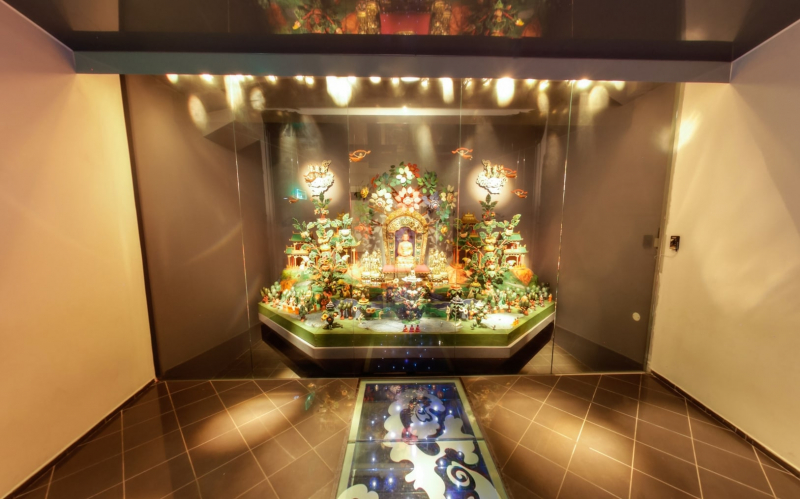
A piece of the exposition on Buddism at the Museum of the History of Religion. Credit: gmir.ru
For instance, Karina Agafonova is already implementing a project on developing a new user experience at the Museum of the History of Religion. Using a special service, visitors will be able to not only learn about a particular exhibit, but also create their own route of the exposition depending on the emotions they feel when looking at a particular exhibit.
“It’s often the case that visitors don’t have the necessary background when they come to a museum, which leads them to think that there are too many exhibits and their descriptions are hard to interpret. In other words, visitors don’t know what to look at first and get lost in this diversity. And our project is a service that will help accentuate the exposition. It combines different exhibits and their various interpretations, all of them correct, because each object can be perceived differently. Users can scroll through exhibits and choose those interpretations that speak to them the most, thus sculpting their own routes in the museum,” explains Karina Agafonova.
The team of the project has already selected the exhibits and their descriptions and is currently developing user scripts and interface. It will take several more months to complete the project, and after that the service will be introduced at the museum.
